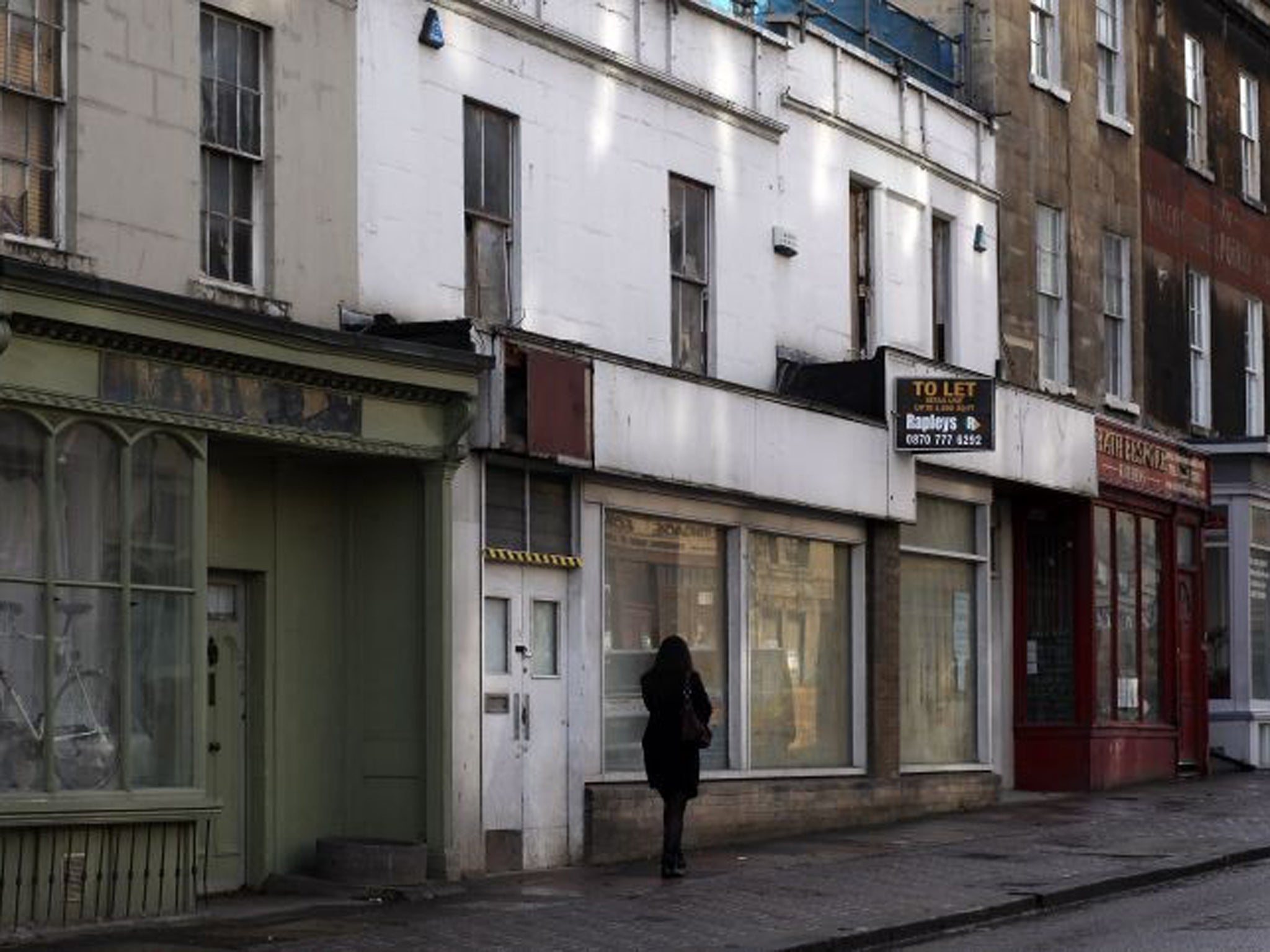Online retail to hit the high street, as its revealed one in five shops 'could close by 2018'
Report warns that 62,000 shops would fold in next five years

Your support helps us to tell the story
From reproductive rights to climate change to Big Tech, The Independent is on the ground when the story is developing. Whether it's investigating the financials of Elon Musk's pro-Trump PAC or producing our latest documentary, 'The A Word', which shines a light on the American women fighting for reproductive rights, we know how important it is to parse out the facts from the messaging.
At such a critical moment in US history, we need reporters on the ground. Your donation allows us to keep sending journalists to speak to both sides of the story.
The Independent is trusted by Americans across the entire political spectrum. And unlike many other quality news outlets, we choose not to lock Americans out of our reporting and analysis with paywalls. We believe quality journalism should be available to everyone, paid for by those who can afford it.
Your support makes all the difference.A new study from the Centre for Retail Research (CRR) says that over the next five years, the number of UK retail stores will drop from 281,930 to 220,000 if current trends continue.
In addition, there could be some 316,000 job losses in the same period due to what the CRR describes as the “growing retail crisis”.
The share of consumer spending going to high street stores is falling - it was 50% in 2000 and is predicted to drop to 40.2% by next year, according to the CRR. Meanwhile, online retail continues to grow and is predicted to account for 21.5% of all retail sales by 2018.
The report, Retail Futures 2018, states that consumer spending has increased by 12% since 2006 but operating costs for retailers have increased by 20%.
Its author, CRR director Professor Joshua Bamfield, said: “Customers now shop in multiple ways, checking a store's website, visiting stores, reading reviews and making online price comparisons with smart phones whilst shopping.
“Retailers have to make clear and strategic responses to the changing pattern of how consumers shop, which includes tactical decisions about store numbers and locations. They also need to fully integrate these physical stores with their websites, smart phone offerings and social media community coherently.
“Going forward, I think retail stores will remain an important, although smaller, part of the shopping process as online retail continues to grow.”
Wales is set to suffer the largest number of store closures, with 29% of high street shops at risk, followed by the North West, with 28% of stores predicted to shut, according to the CRR. The lowest number would be in London, where 9% of shops could close, they said.
The CRR said store vacancy rates have risen from 5.4% in December 2008 to 14.1% in March 2013, an increase of 161%. They warn store vacancy rates could double from current levels in the next five years, reaching 24% by 2018.
They also predict that 164 retail firms could go into administration in the same period, having an impact on 22,600 shops and 140,000 staff.
Local shops are also set to be hit in the next five years, falling by 26% - or 34,587 shops - by 2018 as customers migrate to online shopping, retail parks and town centre stores, said the CRR.
Professor Bamfield said: “The performance of the retail sector has been thrust into the media spotlight in the past two years as the Government formed an alliance with celebrity retail expert Mary Portas.
“The subsequent report set out a range of initiatives to breathe life back into the high street. This is a mammoth task which requires high levels of funding and extremely tight management, both of which are challenging to say the least.
“High streets need to combine the enthusiasm generated by Mary Portas with realistic and well-managed plans. The focus should be on declining secondary and tertiary sites in lower income areas.”
His report also recommends the Government invests £320 million to revive problem town centres by turning empty shops into accommodation and creating leisure, entertainment and business facilities to attract more consumers.
Join our commenting forum
Join thought-provoking conversations, follow other Independent readers and see their replies
Comments